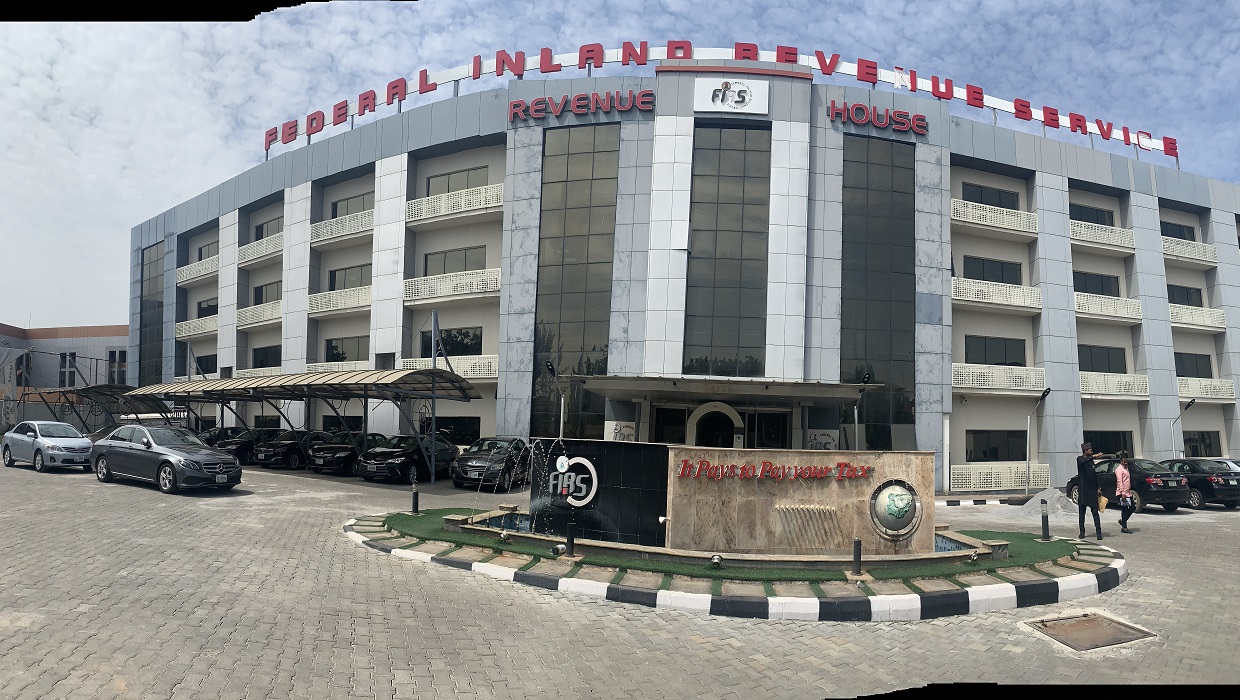Business
How to plan your leave in 7 easy steps

Taking leave from work is essential for maintaining a healthy work-life balance and ensuring your well-being.
Proper planning is crucial to make the most of your time off without disrupting your professional responsibilities. Here’s a step-by-step guide to help you plan your leave effectively.
1. Understand your company’s leave policy
Before planning your leave, familiarize yourself with your company’s leave policy. This includes understanding:
- The types of leave available (e.g., annual leave, sick leave, parental leave)
- The number of leave days you are entitled to
- The process for requesting leave
- Any blackout periods or peak times when leave might not be granted
Knowing these details will help you plan your leave in accordance with company policies and avoid any potential conflicts.
2. Choose the right time
Selecting the right time for your leave is crucial. Consider the following factors:
- Workload: Choose a period when your workload is lighter, and major projects or deadlines are not imminent.
- Team schedule: Coordinate with your team members to ensure your leave doesn’t coincide with their planned time off, which could create staffing issues.
- Personal needs: Consider any personal events, family commitments, or special occasions that might influence your leave timing.
3. Give ample notice
Providing ample notice for your leave request is courteous and helps your employer plan accordingly. Generally, the more notice you give, the better. This allows your manager to make necessary arrangements to cover your responsibilities while you’re away.
4. Plan your workload
Before taking leave, ensure that your work is up to date and that ongoing projects are on track. Here are some tips:
- Prioritize tasks: Identify and complete high-priority tasks before your leave.
- Delegate responsibilities: If possible, delegate tasks to colleagues and provide them with clear instructions.
- Create a leave plan: Prepare a document outlining your current projects, deadlines, and any pending tasks. This will help your team manage your responsibilities in your absence.
5. Communicate with your team
Effective communication with your team is essential to ensure a smooth transition while you’re on leave. Inform your manager and colleagues about your leave dates and provide them with any necessary contact information in case of emergencies.
Consider setting up an out-of-office email response to manage expectations and provide alternative contact details.
6. Set boundaries
To fully enjoy your leave and recharge, it’s important to set boundaries regarding work communication. Decide in advance whether you will be available for urgent matters or if you plan to disconnect completely. Communicate your availability clearly to your team to avoid misunderstandings.
7. Plan for your return
Planning for your return is just as important as planning for your leave. Consider the following:
- Catch-up time: Schedule some time on your first day back to catch up on emails, meetings, and any updates that occurred during your absence.
- Re-prioritize tasks: Reassess your workload and prioritize tasks based on urgency and importance.
Planning your leave effectively requires thoughtful consideration of both your professional responsibilities and personal needs.
By understanding your company’s leave policy, choosing the right time, giving ample notice, planning your workload, communicating with your team, setting boundaries, and planning for your return, you can ensure a smooth and stress-free leave.
Taking well-planned time off can help you recharge, improve your productivity, and maintain a healthy work-life balance.
Business
Student loan scheme is part of anti-corruption efforts, says Tinubu

President Bola Tinubu says Nigeria’s new student loan regime could be considered an anti-corruption mechanism.
Tinubu was speaking about his government’s anti-corruption efforts during a presidential media chat that aired on Monday night.
He was asked if he considers anti-corruption an integral element among his governance priorities.
Tinubu said any policy intervention that aims to address the driver of corrupt practices could be considered anti-corruption.
“Corruption, in all its ramifications, is bad. But first, you must pay enough attention to its causes,” the president said.
“Why are the people corrupt? Lack of social amenities, lack of funding for their children’s education. There are so many anti-corruption mechanisms that you can put in place to help the people not be corrupt. Pay them good living wages.
“I have moved from 35,000 to 70,000. To me, that’s anti-corruption. I have given more money to the state and local government levels. I have been transparent with my earnings. Every month, there is a publication on how much this country is making.
“The ability to stem corruption is part of the instrument of the EFCC. That is why they are discovering all sorts of inefficiencies in the system, blocking all the loopholes where anybody can just game the system. That is part of anti-corruption.”
Tinubu said enabling equitable access to tertiary education through a loan scheme is just as important in the anti-corruption struggle.
“The removal of subsidies is also anti-corruption. It is very difficult to say you would eliminate it. You can only reduce it to the barest minimum. Help the people grow. Help them with the education of their children. Our student loan is part of anti-corruption,” he said.
“No parent should lament how to encourage their children in university education. Today, it’s working for a larger part of the population. The society is moving from illiteracy to literacy.
“I enjoy debate on what type of courses are being offered in the university these days to improve science, knowledge, and technology. We continue to work on it. We’re not taking our eyes off these serious matters.”
Business
APPLY: FIRS begins recruitment of senior managers, directors

The Federal Inland Revenue Service (FIRS) has begun its recruitment exercise for experienced professionals to fill specialised positions in the organisation.
Announcing various vacant roles on Monday, the FIRS said the recruitment exercise is part of its consolidation strategies.
The advertised positions include assistant manager and deputy manager roles in tax (investigation), PRS (research), public relations, and ICT (cybersecurity and AI management).
Other available roles are assistant manager and deputy manager in PRS (risk management), assistant manager and deputy manager in legal, and senior manager and assistant director roles in tax (audit).
“Applicants must have qualifications and relevant professional certificates as specified in the positions they are applying for and must also fulfill the following requirements,” the agency said.
“Applicant must possess Bachelor’s degree/HND with at least second class lower/lower credit.
“Applicant must have completed NYSC not later than 31st December 2017.
“Applicant for the position of assistant manager and deputy manager must not be more than 40 years of age while senior manager and assistant director must not be more than 45 as at 31st December 2024.”
The revenue agency said candidates must possess strong leadership and management skills, team spirit and ability to effectively delegate, interpersonal and communication skills, and strong Analytical skills.
“Knowledge of the Nigerian tax laws and appreciation of their application and understanding of the regulatory framework within which the FIRS operates,” the FIRS said.
“Knowledge of business/industry environment within which taxpayers operate.
“Ability to work as a regulator with the courage to ensure full compliance with laws.
“Interested candidates should apply via official FIRS career portal: careers.firs.gov.ng and or FIRS verified social media handles.”
The FIRS said the application portal will open on December 23, 2024, noting that the deadline for submissions is January 11, 2025.
The service advised applicants to carefully review the eligibility criteria before applying to ensure they meet all requirements and understand the qualifications needed for successful selection.
Business
UBA GMD calls for public-private partnership to accelerate economic growth

Oliver Alawuba, group managing director (GMD) and chief executive officer (CEO) of United Bank for Africa (UBA), has called for public-private partnership (PPP) to accelerate economic growth.
Alawuba spoke on December 20 during the launch of the newly renovated departure section of the Murtala Muhammed International Airport (MMIA), Lagos, refurbished by UBA.
According to a statement on Sunday by the bank, the project, which signifies a transformative moment in Nigeria’s aviation sector, shows UBA’s commitment to national development, highlighting the immense value of strategic PPPs.
The ceremony was attended by stakeholders, including Festus Keyamo, minister of aviation and aerospace development, and Olubunmi Kuku, managing director of the Federal Airports Authority of Nigeria (FAAN).
Alawuba commended the collaboration that led to the execution of the project, emphasising the need for public and private institutions to come together to build and revamp the nation’s assets.
“This renovation is a testament of UBA’s belief in the transformative power of investing in national assets. By modernising our airports, we not only enhance infrastructure but also position Nigeria as a global hub for tourism, trade, and investment,” he said.
“Public-private partnerships like this demonstrate what can be achieved when we unite for a shared vision of progress and investing in infrastructure catalyses economic growth, improves travel experiences, and creates opportunities across various sectors of the economy.
“The commissioning of the renovated departure section serves as a reminder of what strategic partnerships can achieve in driving national development and elevating Nigeria’s global standing.”
-

 News1 week ago
News1 week agoNaseni’s Executive Vice Chairman, Khalil Suleiman Halilu, Named 2024 Winner Of Daily Global Newspaper Conference Series Award For Science, Technology, Innovation, And Infrastructure
-

 Relationships7 days ago
Relationships7 days ago‘I wish I met you before the wrong person’ – says Portable’s baby mama, Honey Berry, as she flaunts new lover
-

 Business6 days ago
Business6 days agoPoS operators increase withdrawal charges, blame electronic levy, cash scarcity
-

 News1 week ago
News1 week agoLagos state government shuts Lord’s Chosen Church, businesses across Lekki, VI, others over noise, environmental infractions
-

 Entertainment7 days ago
Entertainment7 days agoBovi speaks against beating children, reveals why his family relocated to UK
-

 Entertainment6 days ago
Entertainment6 days agoRaheem Sterling’s ex-girlfriend, Tabby Brown dies after BBL surgery
-

 Entertainment1 week ago
Entertainment1 week agoPastor Enenche’s daughter, Deborah, husband welcome baby boy two years after marriage
-

 Sports7 days ago
Sports7 days agoVinicius beats Rodri to win 2024 FIFA men’s player of the year award


















